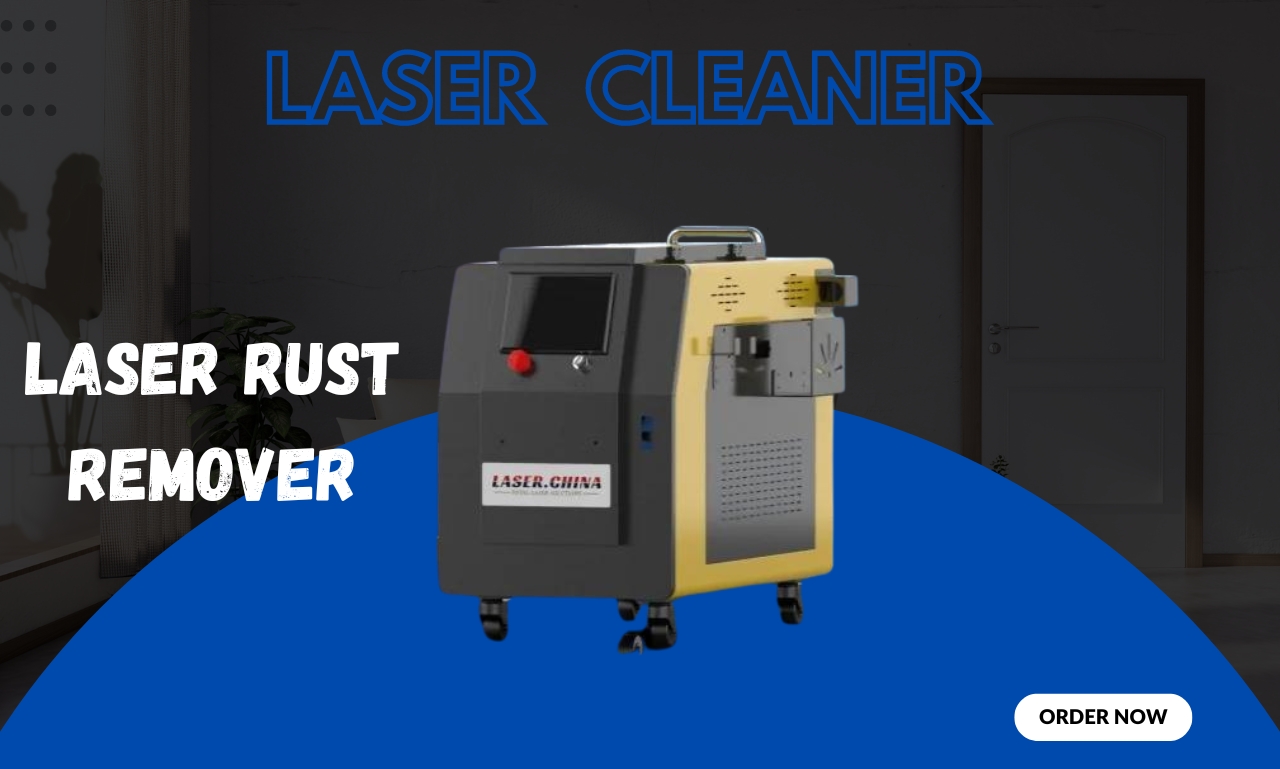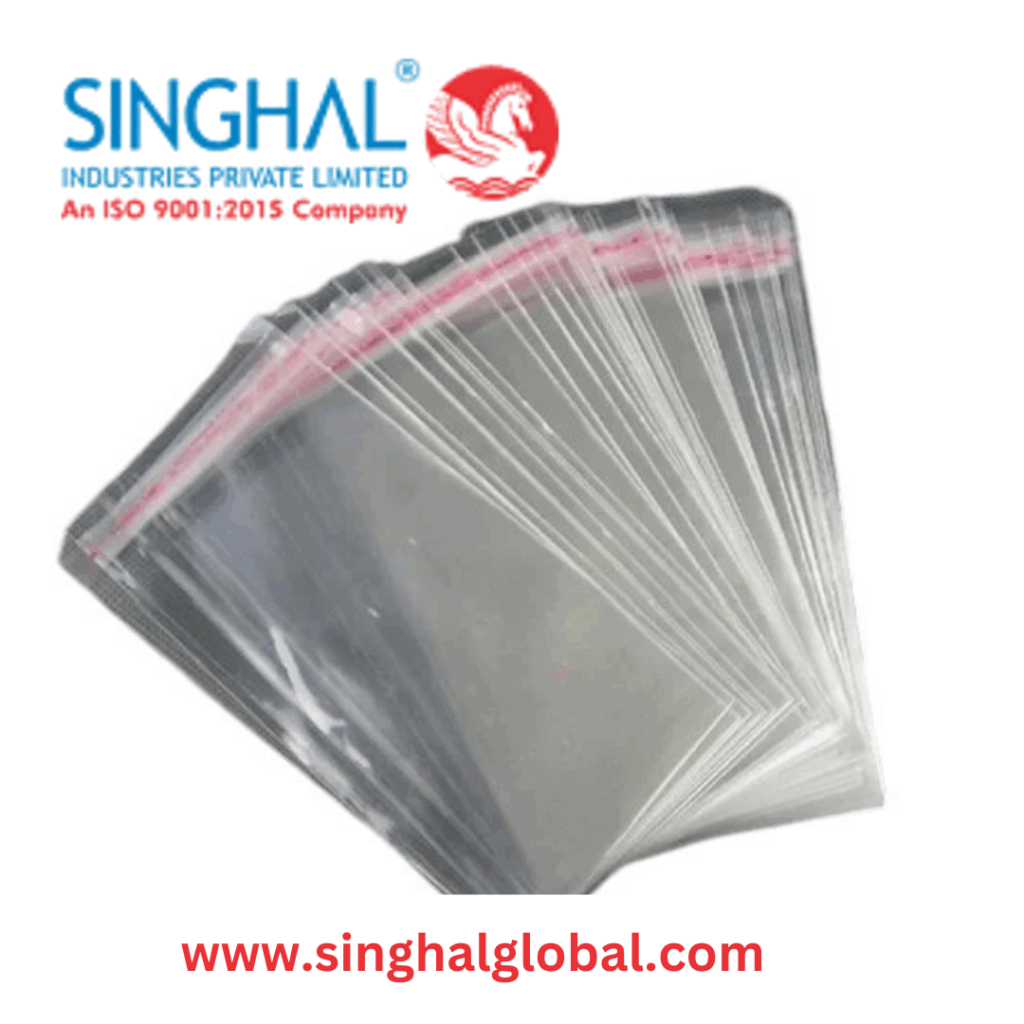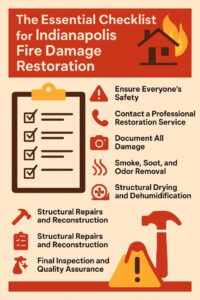Laser welding machines are specialized equipment used in various industries to join metals with high precision, speed, and minimal distortion. The price of a laser welding machine can vary significantly depending on several factors, including the machine type, power, features, brand, and intended application. Understanding these factors can help buyers make informed decisions when purchasing a laser welding machine.
1. Types of Laser Welding Machines
There are several types of laser welding machines, primarily categorized by the laser source:
-
Fiber Laser Welders: These are the most popular due to their high efficiency, low maintenance, and excellent beam quality.
-
CO2 Laser Welders: Older technology, often larger and less efficient but still used in some applications.
-
Nd:YAG Laser Welders: Typically used for fine precision welding, especially in jewelry and medical device manufacturing.
Fiber lasers generally cost more upfront but offer better long-term value due to lower operating costs.
2. Laser Power and Welding Capacity
The power output of the laser (measured in watts) significantly impacts the machine’s price. Higher power machines (e.g., 500W to several kW) can weld thicker materials faster but are more expensive. For example:
-
Small, low-power machines (100W to 300W) designed for thin metals or delicate work may cost between $20,000 and $50,000.
-
Medium power machines (500W to 1000W) suitable for general industrial applications can range from $50,000 to $150,000.
-
High-power machines (above 1000W) for heavy-duty welding can cost $150,000 to $300,000 or more.
3. Automation and Features
The level of automation affects pricing. Manual systems are less expensive, while automated or robotic welding stations with advanced software, vision systems, and precise control can increase the price substantially. Features such as multi-axis control, real-time monitoring, and programmable welding parameters add to cost but improve productivity and consistency.
4. Brand and Quality
Reputable brands with proven reliability often command higher prices due to better build quality, service, and warranty support. Cheaper machines may have lower upfront costs but can incur higher maintenance and downtime expenses.
5. Additional Components
Costs can also increase with accessories like cooling systems, fume extraction units, safety enclosures, and customized fixtures, which are necessary for safe and effective operation.
6. Application-Specific Machines
Some laser welders are specially designed for niche applications such as electronics, medical devices, or automotive parts. These machines may have specialized optics or control software, which can drive up prices.
Summary of Price Ranges
| Laser Welding Machine Type | Power Range | Typical Price Range (USD) |
|---|---|---|
| Entry-level (manual) | 100-300W | $20,000 – $50,000 |
| Mid-range (semi-automatic) | 500-1000W | $50,000 – $150,000 |
| High-end (automated/robotic) | 1000W+ | $150,000 – $300,000+ |
Conclusion
The price of a laser welding machine depends on power, technology, automation, brand, and additional features. Small, basic units can start around $20,000, while sophisticated industrial systems can exceed $300,000. Buyers should carefully assess their welding needs, production volume, and budget to select a machine that balances cost and performance effectively. Consulting with manufacturers and suppliers to customize a system tailored to specific requirements is often the best approach.









